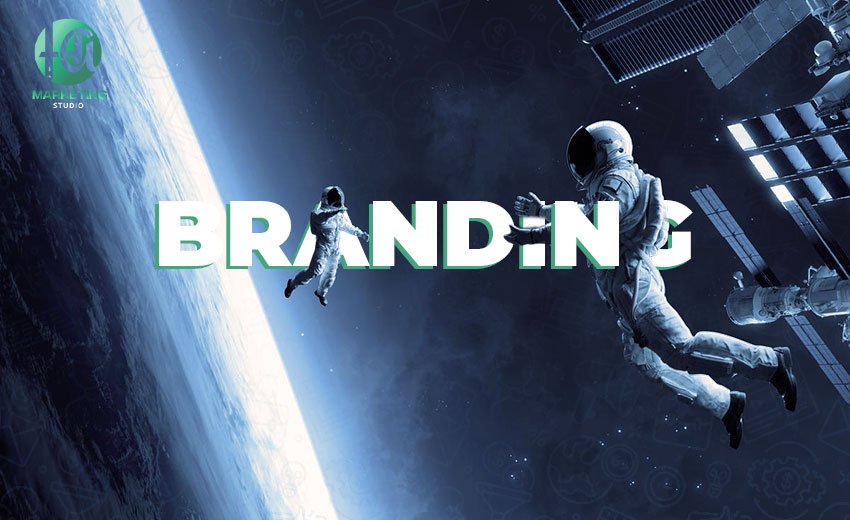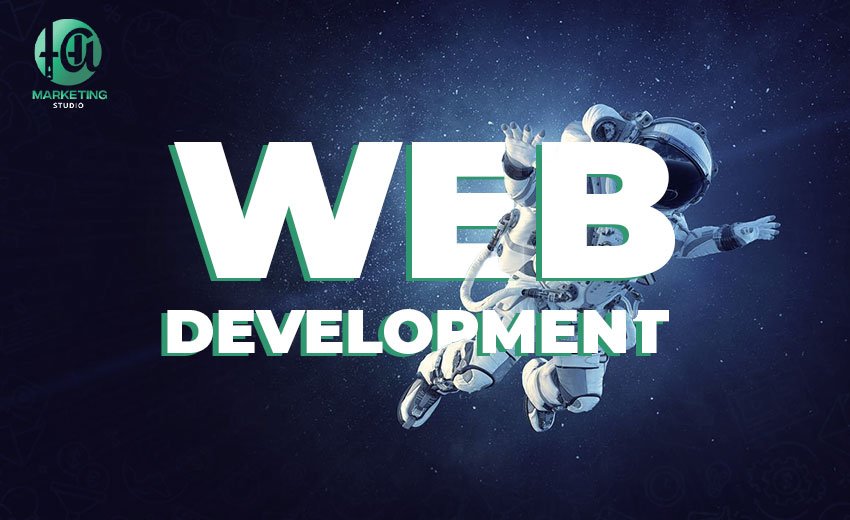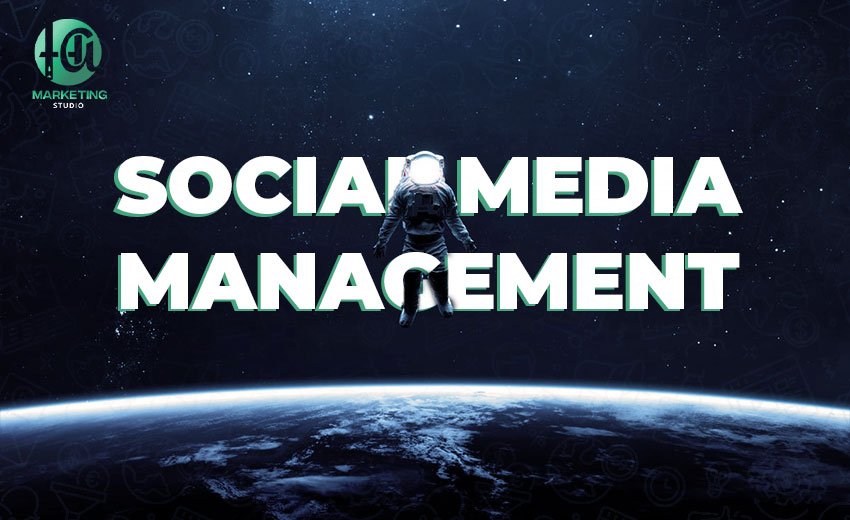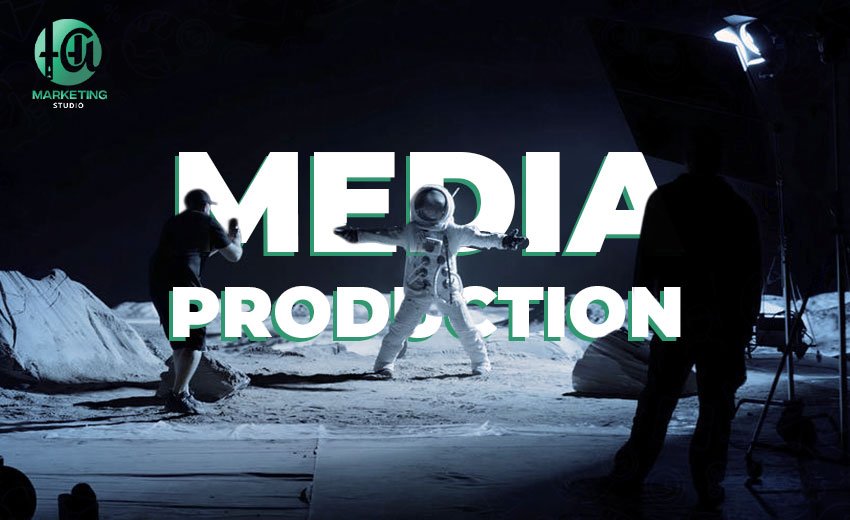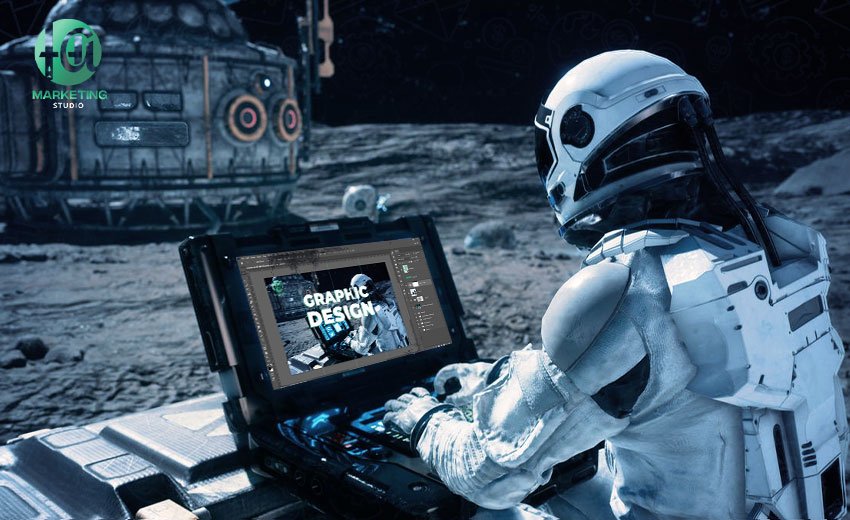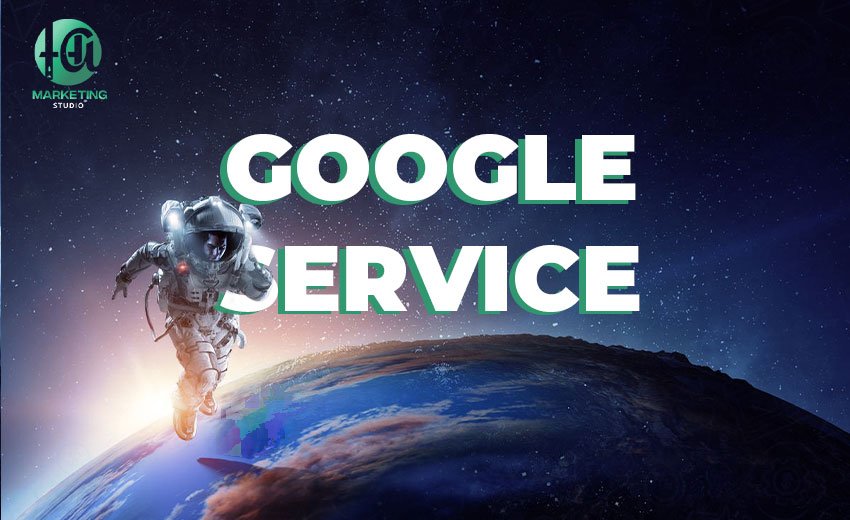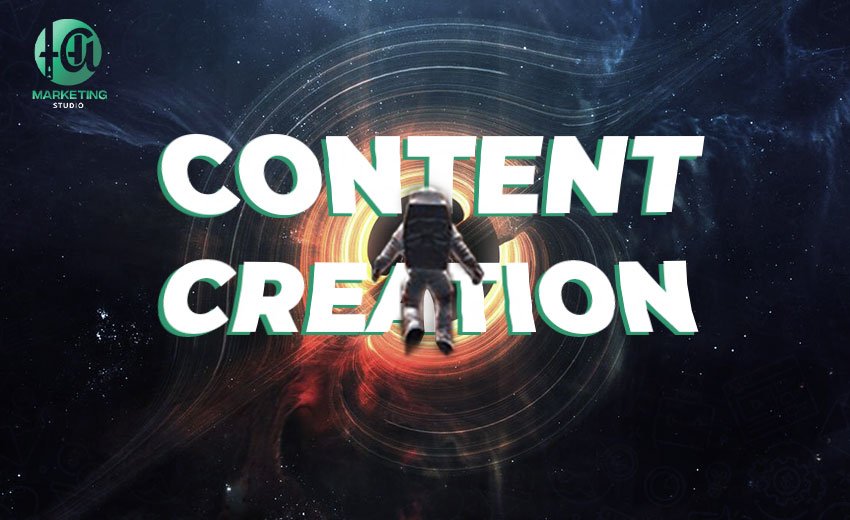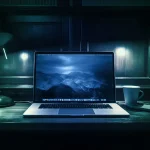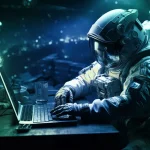Graphic design plays a vital role in the film industry, significantly enhancing the visual aspects of a film and making it more appealing to viewers. This field encompasses a wide range of activities, from designing logos and titles to creating complex visual effects. Here is a look at how graphic design is used in the film industry:
-Logo and Title Design:
– Logos and Titles:
Logos and titles are designed in a style that reflects the essence of the film and captures the viewers’ attention. This involves selecting fonts, colors, and designs that match the film’s theme.
– Title Screens:
Title screens play a significant role in setting the tone of the film from the beginning and are often artistically designed to reflect the overall atmosphere of the film.
-Promotional Posters:
– Posters:
Promotional posters are one of the most important marketing tools for films. They are carefully designed to attract the audience’s attention and give them an idea of the film’s subject and mood.
– Advertisements:
Designing advertisements involves using images and text in a way that highlights the key points of the film and piques the audience’s curiosity.
-Visual Effects (VFX):
– Visual Effects:
Visual effects are crucial in creating imaginary worlds and adding realism to scenes that would be impossible or too costly to produce in real life. This includes designing 3D models, animating them, and adding special effects such as explosions, light, and shadows.
– Animation:
In animated films, characters and environments are entirely created using 3D graphic design. This requires extensive skills in modeling, animation, and bringing characters to life.
-In-Film Graphics:
– Internal Screens:
This includes designing the screens used within the film, such as computer or mobile phone screens that appear in scenes.
– Maps and Documents:
Designing maps and documents that appear in the film to enhance the plot and provide information in a visually engaging manner.
-3D Environments:
– Virtual Environments:
Graphic design is used to create virtual 3D environments, which can be realistic or fantastical, allowing directors to craft stunning scenes at lower costs.
– Integration with Live Action:
Virtual environments are often integrated with live-action footage, requiring precise coordination to ensure consistent lighting, shadows, and colors between real and virtual elements.
-Examples of Graphic Design in Films :
– Science Fiction and Fantasy Films: Such as “Avatar” and “Star Wars,” where entire worlds and characters are created using graphic design.
– Action and Adventure Films: Like the “Marvel Cinematic Universe” and “Batman” series, which heavily rely on visual effects to enhance action and fantasy scenes.
– Documentary and Educational Films: Which use illustrations and graphics to explain concepts and present information visually.
– Conclusion
Graphic design is an essential element in the film industry, contributing to the creation of immersive and appealing visual experiences that captivate viewers and leave a lasting impression. With technological advancements, it is now possible to realize stunning creative visions and make them an integral part of cinematic storytelling.


